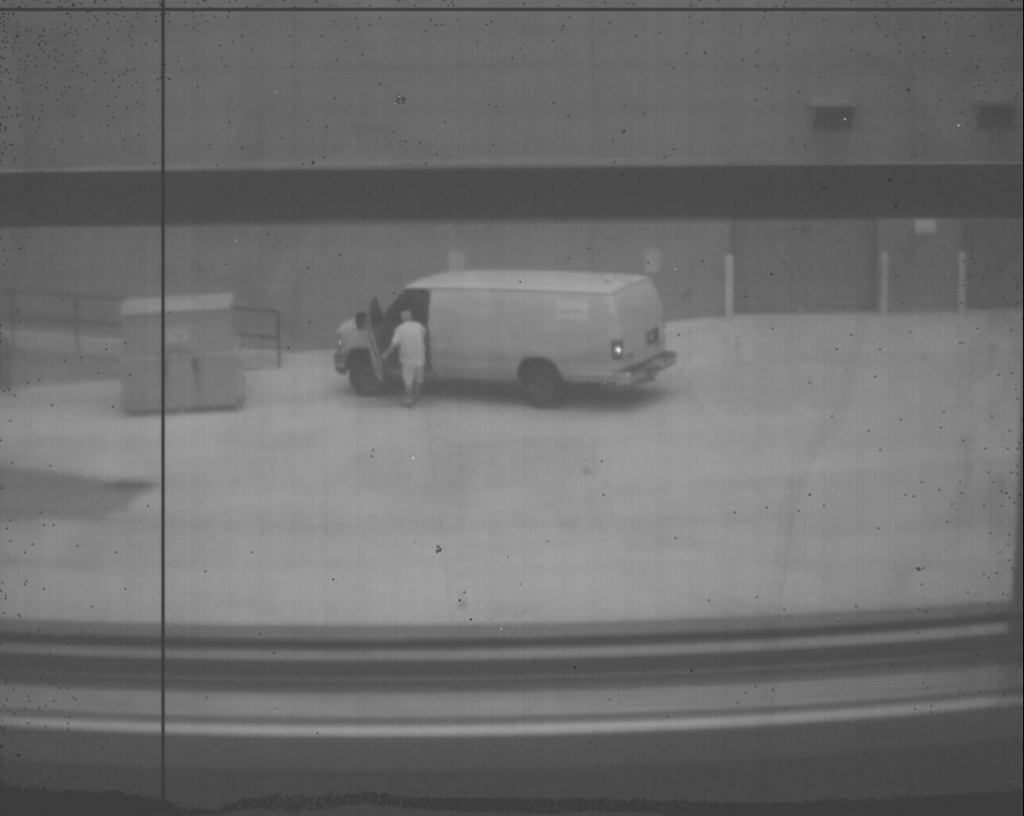Currently all infrared imagers are made of III-V semiconductors or temperature sensing materials. Ultimately, however, all of these materials have to interface with silicon because that is the only material where the detected signal can be processed and turned into usable digital information. Integrating a different material with a silicon CMOS chip is complicated, and it is the main reason why IR cameras are expensive. In comparison, silicon image sensors are cheap and come in impressively large pixel formats.
Therefore, extending the absorption spectrum of silicon beyond 1.0 μm is of great interest. Schottky-barrier detectors (SBDs) made from silicide/silicon heterojunctions are a low-cost solution for monolithically integrated infrared photodetectors on silicon. Early research in SBDs was focused primarily on the PtSi/p-Si heterojunction for thermal imaging in the 3—5 μm. However, these materials never reached their full potential due to low external quantum efficiencies. In an effort to improve IQE, we have been working on NiSi films.


Publications
1.
Joshua Duran and Andrew M. Sarangan. “Schottky-Barrier Photodiode Internal Quantum Efficiency Dependence on Nickel Silicide Film Thickness”. IEEE Photonics Journal, pages 1–1, 2019. doi:10.1109/JPHOT.2018.2886556